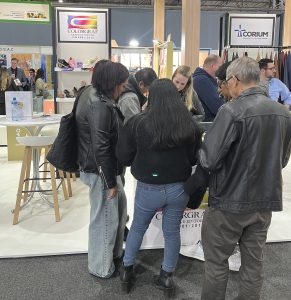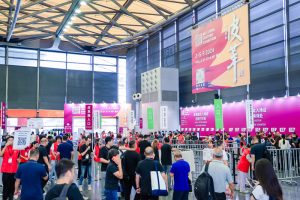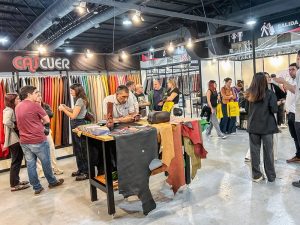Assintecal Responds to the Impact of a 50% Tariff on Brazilian Products
Suppliers of materials and chemicals for the footwear and leather sectors are concerned about the impact of a 50% surcharge on Brazilian products imported by the United States. The executive order was signed yesterday, July 30, by President Donald Trump and will apply to Brazilian imports entering U.S. territory from August 6 onwards.

Suppliers of materials and chemicals for the footwear and leather sectors are concerned about the impact of a 50% surcharge on Brazilian products imported by the United States. The executive order was signed yesterday, July 30, by President Donald Trump and will apply to Brazilian imports entering U.S. territory from August 6 onwards.
According to Silvana Dilly, superintendent of the Brazilian Association of Companies of Components for Leather, Footwear and Artifacts (Assintecal), over 80% of the segment’s sales are currently for the Brazilian footwear industry. “The indirect impact on our business will be quite significant because more than 20% of the Brazilian footwear industry’s exports are destined for the United States. With this industry facing a surcharge in the world’s largest consumer market for footwear and losing competitiveness, we lose too. It’s a negative effect for the entire supply chain,” the executive lamented. Also yesterday (July 30), the Brazilian Footwear Industries Association (Abicalçados) issued a statement on the matter, noting that many companies in the sector send their entire production abroad, with most going to the United States. These companies’ products will now be much more expensive than imports from China, for example, which pay a 30% surcharge. According to Abicalçados, the 50% surcharge will “make footwear exports to the United States unfeasible.”
Leathers
Chemical products for leathers will also be indirectly affected, as tanneries account for more than 60% of sales in that segment. According to the Center for Brazilian Tannery Industries (CICB), the United States has historically been one of Brazil’s main commercial partners in the segment. In 2024, the country ranked second among the largest importers of Brazilian leather, with a 13.3% share of total value. By June 2025, the U.S. remained in the second position with a 13.6% share. The entity also stated, “The new tariff is expected to generate negative impacts on orders, production flows, and employment, putting not only the tannery sector but the entire related supply chain at risk.”
Exported Components and Chemicals
Although the United States is not a primary direct destination for Brazilian components and chemicals in the leather-footwear sector, Assintecal highlighted the strong export performance to this market in the first half of 2025. Through June of this year, Brazil directly exported US$ 2.7 million in components and leather chemicals to the U.S., representing a significant 30% growth compared to the same period the previous year. This increase reflects the quality and competitiveness of Brazilian products, even in a challenging international environment. It also signals that while the direct impact may be smaller, component and chemical companies will also be directly affected in their supply network for the U.S. market.
With over 3,000 companies, the segment of materials and chemicals suppliers for footwear and leather directly employs more than 80,000 people across Brazil.
Read also









